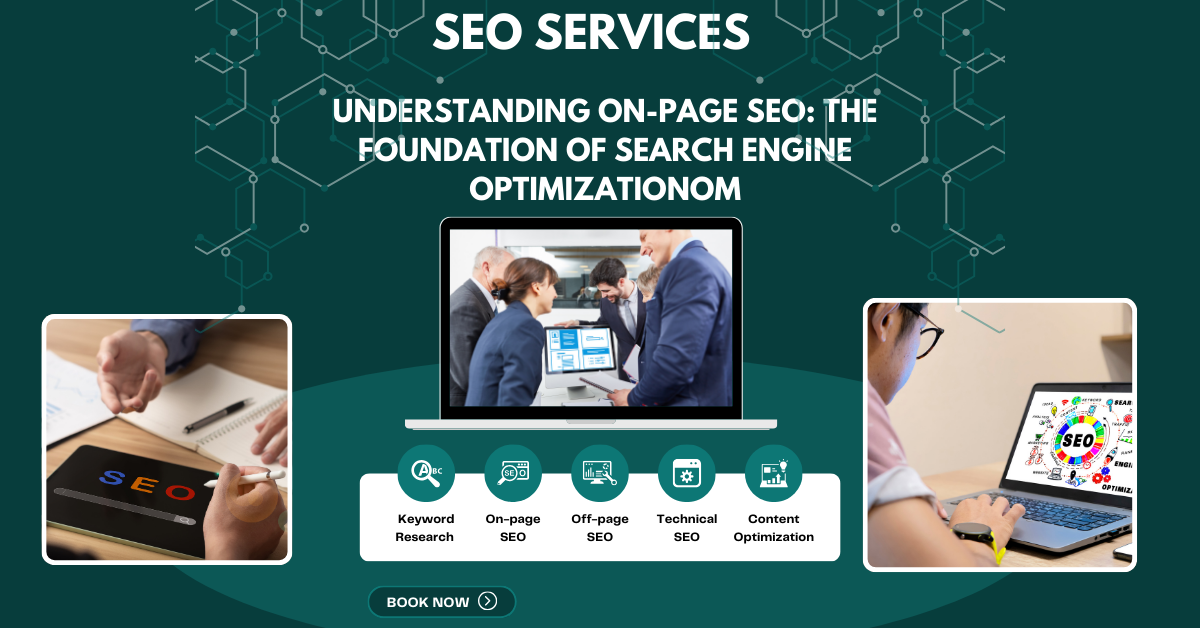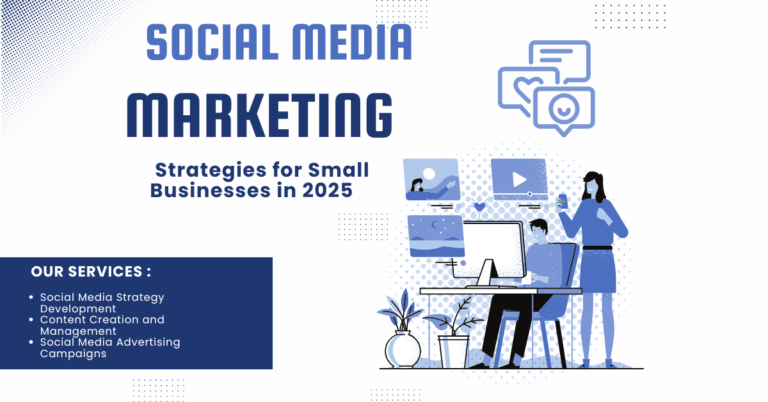In the competitive world of digital marketing, gaining visibility on search engines is essential for any online business.
While many companies invest heavily in off-page tactics like link building, the true foundation of long-term SEO success lies in on-page SEO. When paired with robust technical SEO, on-page optimization can propel your website to the top of search engine rankings.
This article breaks down what on-page SEO entails, how technical SEO supports it, and why the combination of both is crucial for improving your site’s visibility and performance.
What is On-Page SEO?
On-page SEO refers to the practice of optimizing individual web pages to improve their search engine rankings and attract more relevant traffic. It involves refining your website content and HTML source code to help search engines understand the purpose and structure of each page.
Unlike off-page SEO (which focuses on external factors like backlinks), on-page SEO is completely within your control. By optimizing key on-page elements, you provide both users and search engine crawlers with a better experience.
Key Elements of On-Page SEO:
- Title tags
- Meta descriptions
- URL structure
- Header tags (H1, H2, H3…)
- Keyword placement
- Internal linking
- Alt text for images
- Content quality and relevance
- Page speed
- Mobile responsiveness
Each of these elements contributes to a page’s performance in search engine result pages (SERPs) and helps boost your site’s organic reach.
What is Technical SEO and How Does It Relate to On-Page SEO?
While on-page SEO focuses on the content and structure of your web pages, technical SEO ensures that your website is properly set up to be crawled, indexed, and rendered by search engines.
Think of technical SEO as the foundation of a house. You can decorate the interior beautifully (on-page SEO), but without a strong structure, the house won’t stand.
Key Technical SEO Components:
- Website architecture
- Mobile-friendliness
- SSL security (HTTPS)
- XML sitemaps
- Robots.txt file
- Structured data (schema markup)
- Canonical tags
- Fast page load speed
Without proper technical SEO, your on-page efforts may not be noticed by search engines, no matter how optimized your content is.
How Technical SEO Enhances On-Page SEO
Let’s explore how technical SEO supports your on-page SEO strategy and improves your website’s search performance.
1. Improved Crawlability
Technical SEO ensures your site structure and internal linking are set up in a way that allows search engine bots to crawl your pages easily. A clean URL structure, optimized robots.txt file, and updated XML sitemap help search engines find and index your content quickly.
2. Faster Load Times
Site speed is a confirmed Google ranking factor. Users leave slow websites, increasing bounce rates. By optimizing images, enabling caching, and minimizing JavaScript, you enhance page load time—an important aspect of both user experience and on-page SEO.
3. Mobile Optimization
Google uses mobile-first indexing, which means it primarily evaluates your website based on the mobile version. Responsive design, mobile-friendly layouts, and fast mobile load speeds are all essential technical SEO components that support on-page engagement.
4. Secure Browsing with HTTPS
A secure website builds trust with users and is favored by Google. Ensuring your site uses HTTPS is a technical SEO requirement that also boosts user confidence.
5. Structured Data (Schema Markup)
Implementing schema markup helps search engines understand the context of your content. It can also lead to rich results—like star ratings, pricing, and FAQs—making your listings more clickable and improving CTR (click-through rate).
Content Optimization: A Pillar of On-Page SEO
At the heart of on-page SEO is content—and not just any content, but high-quality, keyword-rich, and user-focused material. Your primary keyword for this article is technical SEO, which should appear in:
- The title tag
- Meta description
- First 100 words
- At least one H2 or H3 heading
- Image ALT tags
- Naturally throughout the body
However, avoid keyword stuffing. Google’s algorithms are smart enough to detect forced keywords and may penalize your page. Focus on writing naturally, clearly, and informatively.
Internal Linking Strategy
Internal linking plays a vital role in distributing SEO value across your site. It helps search engines understand your site structure and keeps users engaged by guiding them to related content.
When writing articles or landing pages, link to relevant internal pages. For example, if you publish another article on “Best Technical SEO Tools in 2025,” link to it from this guide using anchor text like “explore the best technical SEO tools.”
Optimizing Meta Tags and URLs
Your meta title and meta description are what users first see in Google search results. These should be enticing, relevant, and keyword-optimized.
Example:
Title: Understanding On-Page SEO: Why Technical SEO is the Key to Search Success
Meta Description: Learn how technical SEO supports on-page optimization to boost rankings, improve user experience, and increase organic traffic to your website.
Your URLs should be short, clean, and descriptive. Use hyphens to separate words and include your main keyword when possible.
Good Example:https://dijitalservice.com/technical-seo-guide
Bad Example:https://dijitalservice.com/page?id=2342&ref=seo123
Image Optimization for SEO
Images enhance the visual appeal of your site, but they also play an important SEO role. Here’s how to optimize them:
- Use descriptive filenames (e.g.,
technical-seo-checklist.png) - Add ALT tags with relevant keywords
- Compress file sizes to improve page load speed
- Use responsive image formats (like WebP)
This not only boosts your SEO but also improves accessibility for visually impaired users.
Best Practices for Combining On-Page & Technical SEO
To ensure your SEO efforts are successful, follow these integrated best practices:
- Conduct SEO audits regularly
Use tools like Ahrefs, SEMrush, or Screaming Frog to identify on-page and technical issues. - Optimize for Core Web Vitals
Google evaluates user experience using metrics like LCP (Largest Contentful Paint), FID (First Input Delay), and CLS (Cumulative Layout Shift). - Fix broken links and redirects
Broken internal or external links harm SEO. Use a crawler to identify and fix them promptly. - Update content regularly
Refreshing your on-page content keeps it relevant and signals to Google that your site is active. - Ensure your site is mobile-friendly and secure
Test with Google’s Mobile-Friendly Test and install an SSL certificate for HTTPS security.
Final Thoughts
Mastering on-page SEO is essential for building a strong foundation for your online presence. However, it’s not complete without the backing of technical SEO. When both elements are aligned, your website becomes more discoverable, user-friendly, and competitive in search engine rankings.
At Dijital Service, we help businesses like yours implement high-impact SEO strategies that combine both on-page and technical optimization. Whether you’re looking to improve your search rankings, attract more qualified traffic, or build a more SEO-optimized website, we’re here to help.
Ready to transform your SEO strategy?
Contact us now and let’s elevate your online presence together.





